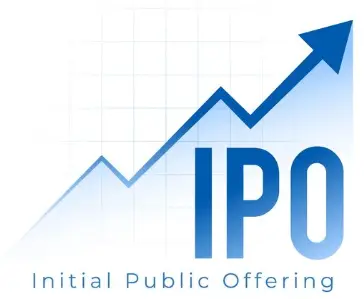Liquidity and Market Dynamics: Insights from Devang Mehta
In the ever-evolving landscape of the Indian equity market, the sentiment among domestic investors remains remarkably strong. With robust macroeconomic indicators, the earnings season just beginning, and anticipated rate cuts on the horizon, the outlook appears promising. Devang Mehta, Director of Equity Advisory at Spark Capital Private Wealth Management, shares his insights on these developments and their implications for investors.
The Legacy of Ratan Tata
Reflecting on the recent passing of Ratan Tata, Mehta emphasizes the profound impact Tata had on India. Known for his humility, compassion, and visionary leadership, Tata’s legacy transcends corporate boundaries. He inspired countless individuals and businesses, fostering a sense of national pride and global presence for India. Mehta notes that Tata’s ethical values serve as a guiding principle for future leaders, highlighting the importance of integrity in creating economic value.
Current Market Trends
Despite a strong performance in September, October has seen a slight dip in major indices like the Sensex and Nifty, attributed to geopolitical tensions and rising crude oil prices. However, Mehta points out that such corrections are not uncommon; the market has historically experienced 4-5% monthly corrections. He views these fluctuations as healthy, allowing for a necessary rebalancing of the market.
The liquidity from domestic investors remains robust, bolstered by strong macroeconomic fundamentals. As the earnings season unfolds, Mehta anticipates that the market will stabilize, especially with the prospect of rate cuts looming. This environment presents a unique opportunity for investors to consider buying into the market during these dips.
The Case for Investing
Mehta advocates for a proactive investment strategy, suggesting that short-term pain can lead to long-term wealth creation. He emphasizes the importance of not sitting on the sidelines during market corrections. With financial savings increasingly being allocated to various equity sub-asset classes—such as mutual funds and direct equity—domestic investors have created a cushion against foreign portfolio investor (FPI) selling.
The current macroeconomic landscape is characterized by political stability, strong corporate balance sheets, and a resurgence in capital expenditure. These factors collectively indicate a favorable environment for investment, particularly in sectors poised for growth.
Geopolitical Concerns and Oil Prices
When discussing the potential impact of escalating geopolitical tensions on oil prices, Mehta notes that crude oil prices in the range of $70 to $90 per barrel are manageable for India. However, prices exceeding $100 could strain the economy due to increased input costs and trade deficits. Historically, while geopolitical tensions may lead to short-term market corrections, the market tends to revert to its growth trajectory driven by earnings.
Earnings Expectations and Rate Cuts
Looking ahead to the September quarter results, Mehta anticipates a muted performance but emphasizes the importance of management confidence regarding consumption trends. He expects earnings growth to stabilize in the mid-teens over the coming years, despite short-term fluctuations.
On the topic of interest rates, Mehta believes that rate cuts are imminent, potentially occurring in the next policy meeting. He attributes this to seasonal trends and the anticipated boost from the festive season, which could invigorate consumer demand.
Attractive Sectors and Investment Themes
Despite recent market corrections, Mehta identifies several sectors that remain attractive for investment. He highlights themes such as power automation, semiconductor-related companies, and health tech as areas of potential growth. Additionally, he notes that sectors related to discretionary consumption, such as hospitality and consumer goods, are also worth exploring.
Mehta’s investment strategy leans towards manufacturing, industrials, and capital goods, while avoiding traditional index-heavy sectors. He emphasizes the importance of identifying companies with strong fundamentals, low debt, and high return on equity, which are likely to thrive in the long term.
The IPO Landscape
The Indian IPO market has shown resilience, with a surge in activity despite global trends indicating a slowdown. Mehta points out that the upcoming IPO from Hyundai Motor India, aiming to raise approximately ₹27,870 crore, will be a significant test for the domestic equity market. This reflects the growing confidence in India’s economic potential and could pave the way for more multinational companies to enter the market.
Conclusion: A Bright Future for Indian Equity Markets
In summary, the Indian equity market is navigating through a phase of correction, but the underlying fundamentals remain strong. With robust domestic liquidity, a promising earnings season, and anticipated rate cuts, investors have a unique opportunity to capitalize on market dips. As Mehta aptly puts it, participating in the market during these times can lead to substantial long-term wealth creation. The focus should be on identifying sectors and companies with strong growth potential, ensuring that investors are well-positioned for the future.

